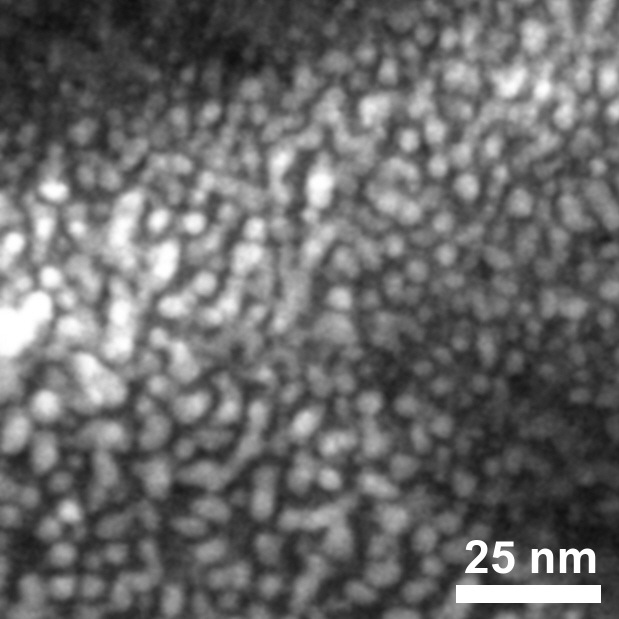
Nanodiamonds Discovered in Greenland Ice Sheet, Contribute to Evidence for Cosmic Impact
Nanosize diamonds have been discovered in the Greenland ice sheet, according to a study reported by scientists in a recent online publication of the Journal of Glaciology. The finding adds credence to the controversial hypothesis that fragments of a comet struck across North America and Europe approximately 12,900 years ago.
"There is a layer in the ice with a great abundance of diamonds," said co-author James Kennett, professor emeritus in the Department of Earth Science at UC Santa Barbara. "Most exciting to us is that this is the first such discrete layer of diamonds ever found in glacial ice anywhere on Earth, including the huge polar ice sheets and the alpine glaciers. The diamonds are so tiny that they can only be observed with special, highly magnifying microscopes. They number in the trillions."
This discovery supports earlier published evidence for a cosmic impact event about 12,900 years ago, Kennett explained. He said that the available evidence in the Greenland ice is consistent with this layer being at or close to this age, although further study is needed.
Researchers from the University of Maine led the expedition to Greenland in 2008. Co-authors on the study, besides Kennett and the team from Maine, include scientists from many universities and research entities. James Kennett's son, Douglas J. Kennett, of the University of Oregon, is one of the 21 scientists who contributed to the report.
Last year, the Kennetts reported the discovery of nanosize diamonds in a layer of sediment exposed on Santa Rosa Island, off the coast of Santa Barbara, Calif. They published this information with numerous co-authors in two papers last year in the Proceedings of the National Academy of Sciences and Science magazine.
According to James Kennett, the Greenland results also contradict a recent study questioning the presence of nanodiamonds in a layer of this age.
Kennett explained that the layer containing nanodiamonds on Santa Rosa Island, as well as those in the Greenland ice sheet –– both supporting a cosmic impact event –– appear to closely correspond to the time of the disappearance of the Clovis culture, the earliest well-established and well-accepted human culture living across North America. The event also corresponds with the time of extinction of many large animals across North America, including mammoths, camels, horses, and the saber tooth cat.
There is also evidence of widespread wildfires at that time, said Kennett. An associated sharp climatic cooling called the Younger Dryas cooling is also recorded widely over the northern hemisphere. This includes evidence found in ocean-drilled sediments beneath the Santa Barbara Channel. The cause of this cooling has long been debated as well as the cause of the animal extinctions and human cultural shift.
A high proportion of the nanosize diamonds in the Greenland ice sheet exhibit hexagonal mineral structure, and these are only known to occur on Earth in association with known cosmic impact events, said Kennett. This layer of diamonds corresponds with the sedimentary layer known as the Younger Dryas Boundary, dating to 12,900 years ago.
James Kennett, former director of the Marine Science Institute at UCSB, is considered by many of his peers to be an early founder of marine geology and paleoceanography. He has specialized in analyzing sedimentary layers below the ocean floor.



